Beyond the sea: the many second-lives of seaweed
From jelly desserts to takeaway food containers, we explore the various uses of seaweed

From the coasts of England to the shores of Japan, seaweed is used as an ingredient in everything from culinary dishes to skincare serums, to food delivery containers and dining room chairs.
Those hunks of tangled algae lying along your local beach might look unassuming, but they’re shoring up to be the substance of the future.
When ingested or applied to skin, seaweed can improve gut health, heighten energy levels, and act as an anti-aging and anti-inflammatory agent. Moreover, it’s malleable physical makeup means it can be transformed into eco-conscious substitutes for everything from plastic bags to clothing textiles.
The most common second home for seaweed outside of the ocean is no doubt the dining room table. Nicknamed the ‘vegetable of the sea’, seaweed contains a wealth of vitamins, minerals, and amino acids that are key to a healthy diet. Slipping some onto your plate can help you get some much-needed A, C, E, and B vitamins, as well as iodine and calcium
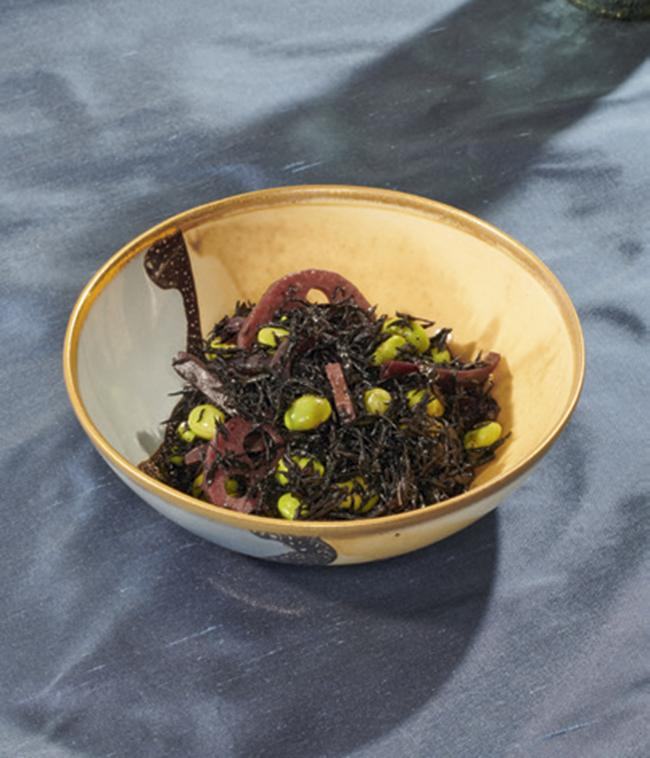
Hijiki seaweed salad. Originally featured in the May 2018 edition of Wallpaper*
In 2018, we asked photographer Matthieu Lavanchy to capture our own interpretation of this marine superfood. The resulting salad combines protein-packed edamame beans with Asian Hijiki seaweed- a dark seaweed that is rich in fiber, calcium, and magnesium to support digestive health and improve energy levels.
An even more innovative take on seaweed fair can be seen in our October 2019 shoot with Metz and Racine. We created these delightful desserts out of agar, a sweet coconut gelling agent made from seaweed flakes. Its chic presentation makes it a welcomed update on your mother’s Jell-O that, while much better suited to a 21st-century dinner party, still maintains the levity of its forbearer.

Coconut jellies. Originally featured in the October 2019 issue of Wallpaper*
Beyond the dinner table, seaweed has long been used for cosmetic and medical purposes. It is a key element of ‘thalassotherapy,’ or ‘healing through the sea,’ a form of therapy that became popular in 19th century coastal France and which uses seawater and sea products for improved physical and emotional health.
In Ireland too, seaweed baths have long been used to relieve aching joints and calm anxious minds. Since 1912, Kilcullen's Seaweed Baths in Sligo has offered soaks in porcelain bathtubs filled with seawater and seaweed. The iodine-rich bath is meant to combat symptoms of rheumatism and arthritis, as well as improve general health.
Those who are far from the sea can still get the instant beauty benefits of seaweed through products like 111Skin’s Antioxidant Energising Essence or Anatomē’s Seaweed Essential Sleep Oil. The algae’s ability to retain moisture makes it a perfect hydrating agent, while it’s high iodine levels support healthy thyroid function.

111Skin Antioxidant Energising Essence made using seaweed
Margate-based wellness brand Haeckels has led the charge when it comes to seaweed-based beauty. The brand hand-harvests seaweed from the local beach, before bringing it back to their own lab to be formulated into skin, body, and haircare products.
A product like their Rosehip + Seaweed Suspension melds moisture-rich seaweed with calming rosehip oil to combat dehydration and inflammation. While their best-selling item, the Exfoliating Seaweed Block, blends seaweed leaves with coriander seeds and peppercorn to scrub and repair skin.
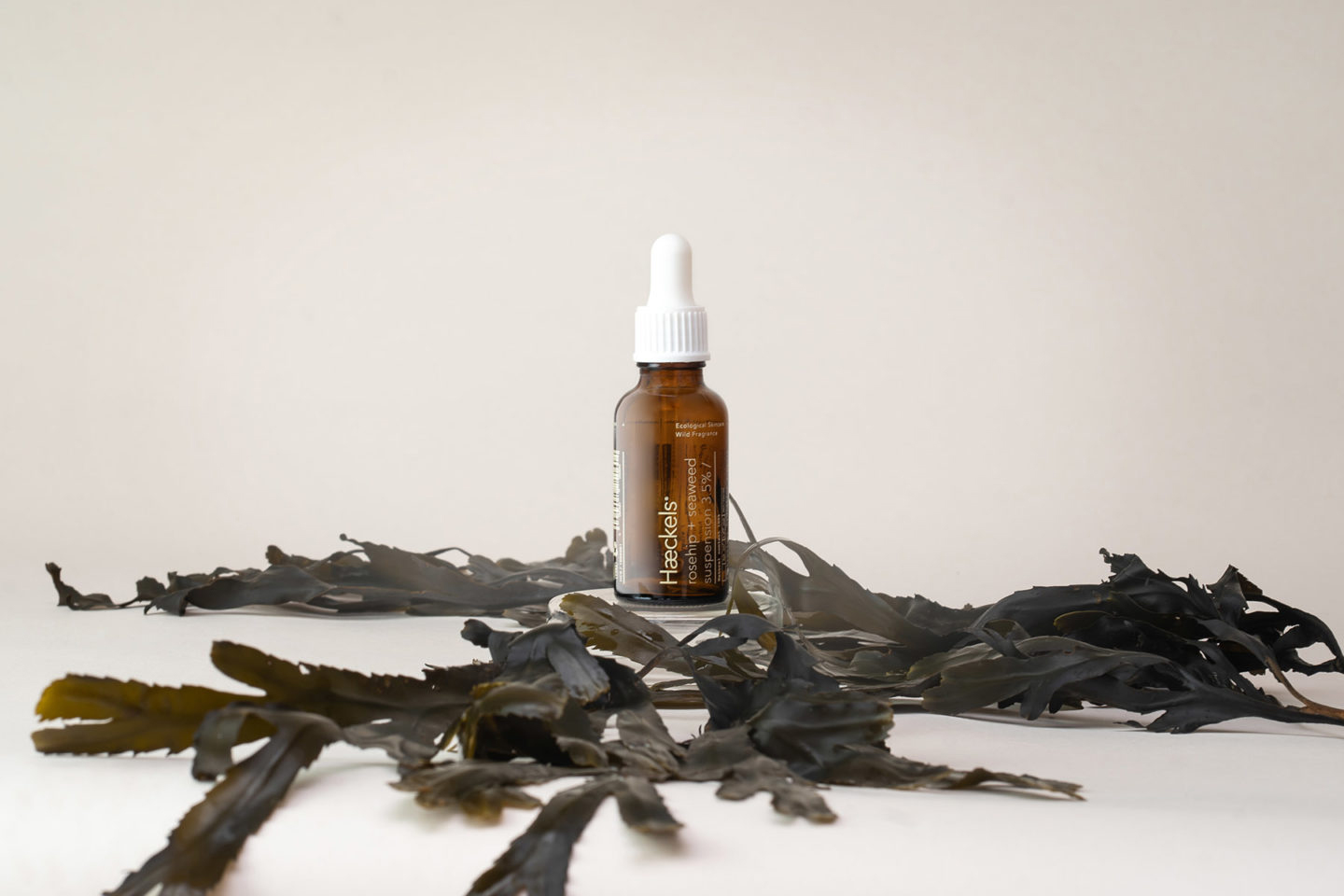
Haeckles Rosehip + Seaweed Suspension oil
On the other side of the world, Japanese brand Tatcha uses Okinawa red algae, known for centuries as the ‘treasure from the god of the sea,’ in a number of its products. Harvested from a lagoon in the Yaeyama Islands, the seaweed is dried and then distilled to make the brand’s hydrating face washes and body creams.
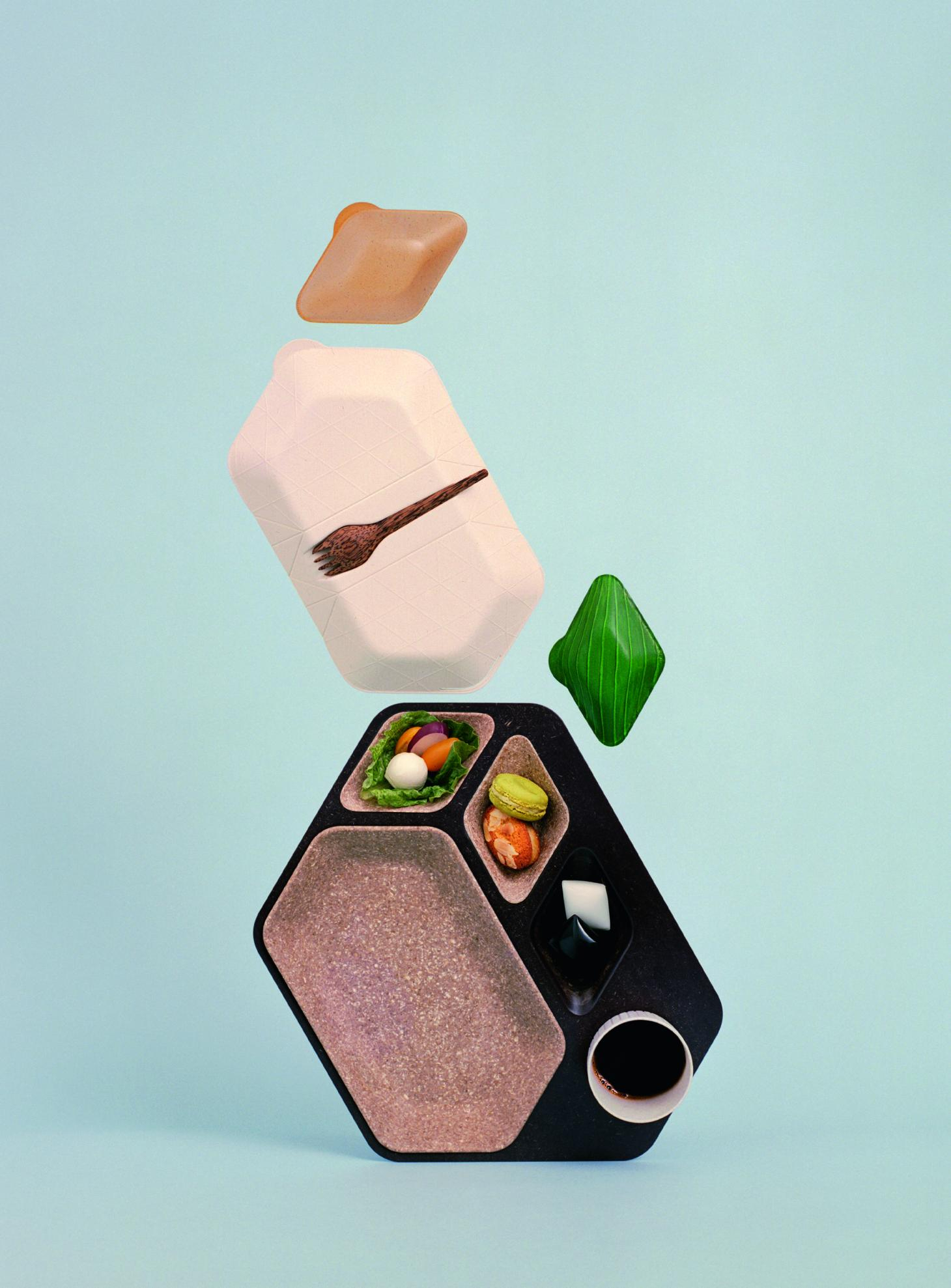
‘Get onboard’ tray concept by Priestman Goode. Originally featured in the February 2020 issue of Wallpaper*
Perhaps the most innovative second-life of seaweed is its use as a material for product design. Earlier this year, Priestman Goode reimagined the in-flight food tray with a plastic-free design made out algae skins. It’s a concept they plan to develop further for Wallpaper* Re-Made, and which will no doubt be a trend that’s picked up by many more designers in the years to come.
INFORMATION
Receive our daily digest of inspiration, escapism and design stories from around the world direct to your inbox.
All Wallpaper* photography styled by Melina Keays
Mary Cleary is a writer based in London and New York. Previously beauty & grooming editor at Wallpaper*, she is now a contributing editor, alongside writing for various publications on all aspects of culture.
-
 This modern Clapham house is nestled indulgently into its garden
This modern Clapham house is nestled indulgently into its gardenA Clapham house keeps a low profile in South London, at once merging with its environment and making a bold, modern statement; we revisit a story from the Wallpaper* archives
-
 The new Tudor Ranger watches master perfectly executed simplicity
The new Tudor Ranger watches master perfectly executed simplicityThe Tudor Ranger watches look back to the 1960s for a clean and legible design
-
 This late-night hangout brings back 1970s glam to LA’s Sunset Boulevard
This late-night hangout brings back 1970s glam to LA’s Sunset BoulevardGalerie On Sunset is primed for strong drinks, shared plates, live music, and long nights
-
 Healthy chocolate? Eat it at Makers, London’s new Lebanese chocolatier
Healthy chocolate? Eat it at Makers, London’s new Lebanese chocolatierLocated in Chelsea, Makers is a new ‘healthy chocolate’ shop offering treats free of refined sugar, seed oils, wheat and dairy – and it tastes delicious
-
 Inside Domaine Evremond, the UK’s first subterranean winery
Inside Domaine Evremond, the UK’s first subterranean winery‘Sparkling wine should be fun.’ We tour Domaine Evremond in Kent, a winery steeped in the English countryside
-
 Sketch transforms into an English garden in celebration of Jane Austen’s 250th birthday
Sketch transforms into an English garden in celebration of Jane Austen’s 250th birthdayThe 11th edition of ‘Sketch in Bloom’ nods to the most notable works of Jane Austen with budding floral installations and a quintessentially English afternoon tea
-
 At the Regent Street Sensorium, architectural jelly sculptures are designed to ignite the senses
At the Regent Street Sensorium, architectural jelly sculptures are designed to ignite the sensesDelve into the history of London’s Regent Street through a jellyscape, a fragrance cloud and more – plus, for the event’s final week, two new immersive workshops (ends 27 April)
-
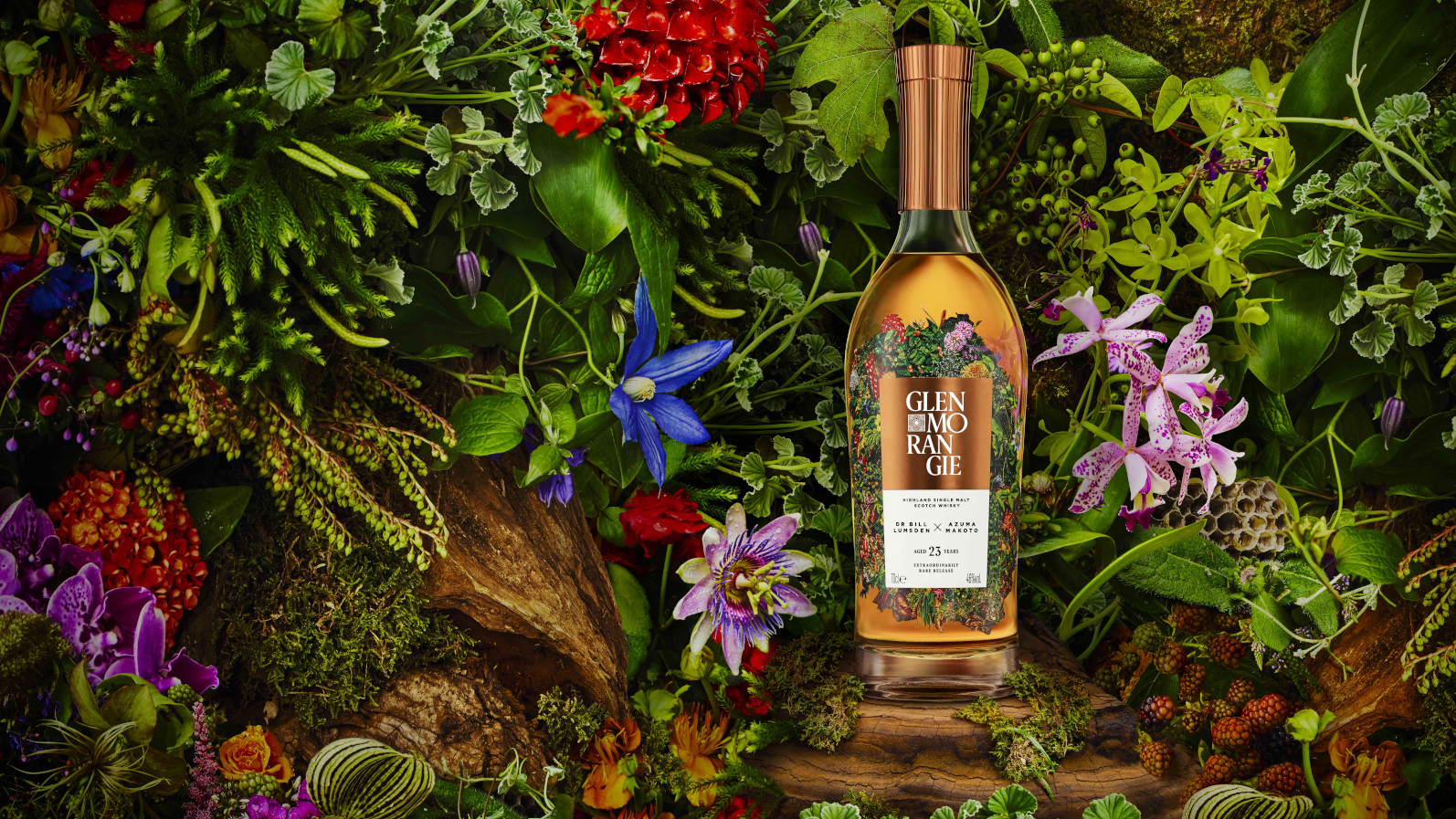 New Glenmorangie whisky nods to nature, with botanical artist Azuma Makoto
New Glenmorangie whisky nods to nature, with botanical artist Azuma MakotoGlenmorangie unveils ‘Glenmorangie Dr Bill Lumsden x Azuma Makoto 23 Years Old’, an extraordinarily rare limited-edition whisky that embodies the wonder of the natural world
-
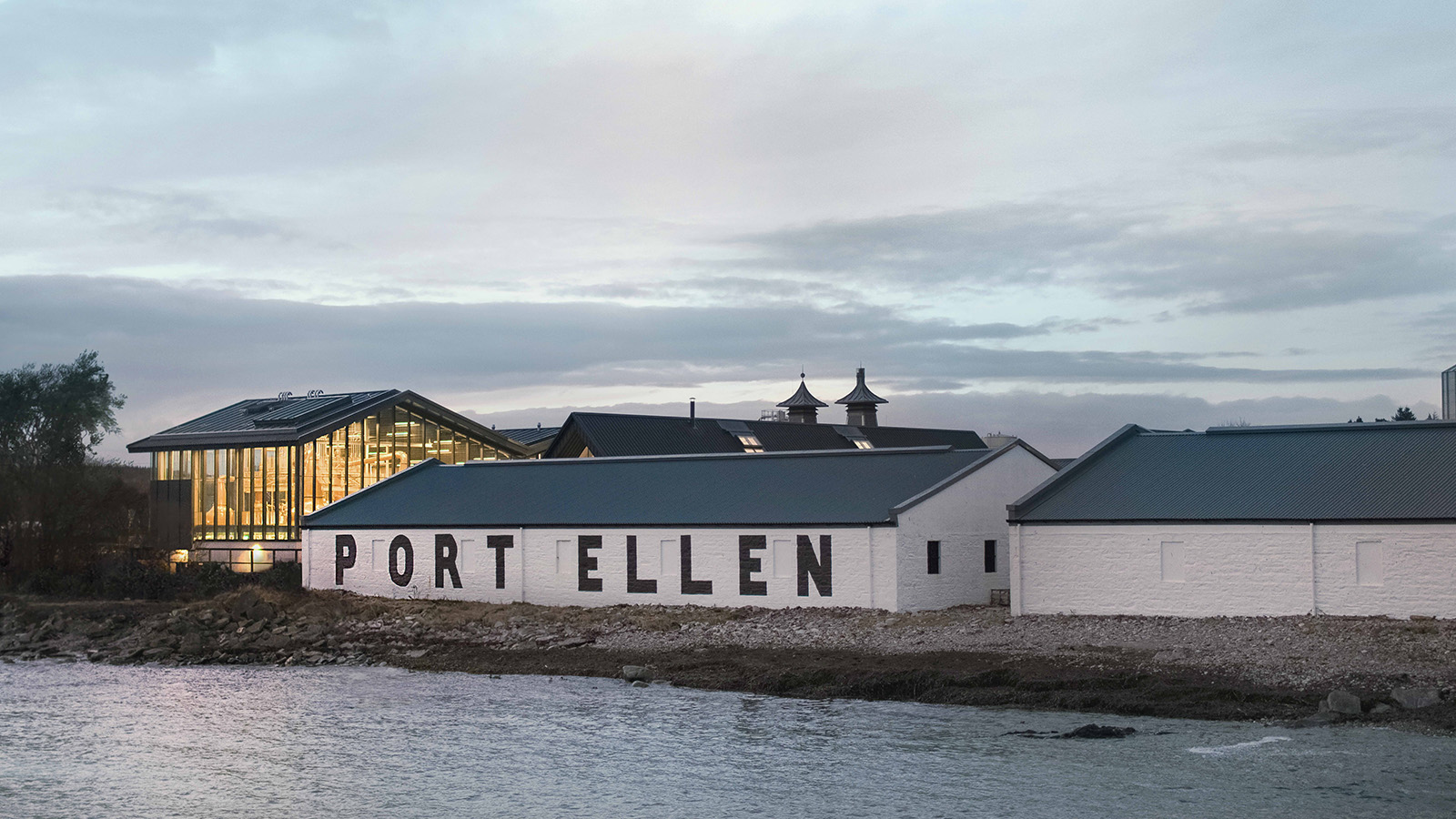 Reborn distillery Port Ellen welcomes Islay whisky pilgrims with smoky delights
Reborn distillery Port Ellen welcomes Islay whisky pilgrims with smoky delightsThe resurrection of Islay whisky distillery Port Ellen has been hailed by connoisseurs, among them Neil Ridley, who explored the smoky delights of this Scottish west coast gem
-
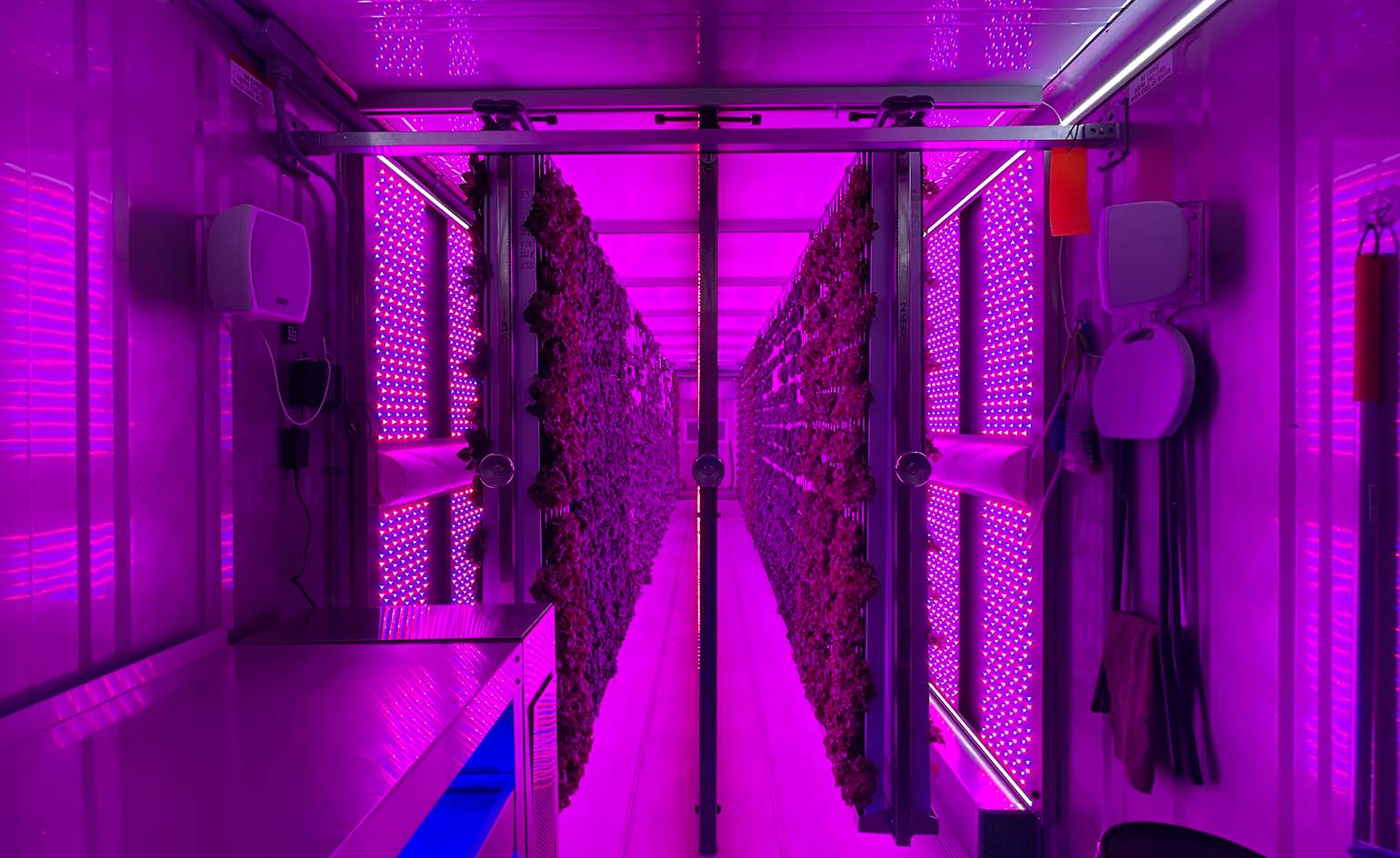 The sustainable farming innovator delivering to London homes and restaurants
The sustainable farming innovator delivering to London homes and restaurantsSustainable farming innovator Crate to Plate is pioneering fresh produce in London with the support of Michelin-starred restaurant Hide
-
 Discover London’s most spectacular cocktail experience
Discover London’s most spectacular cocktail experienceThe Omakase Bar at The Aubrey will introduce you to rare liquors and fascinating flavours in a cocktail experience tailored to your tastes – we tried it out